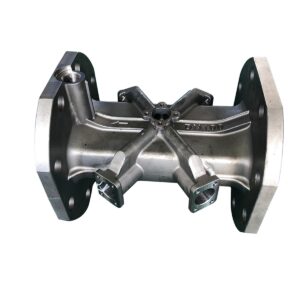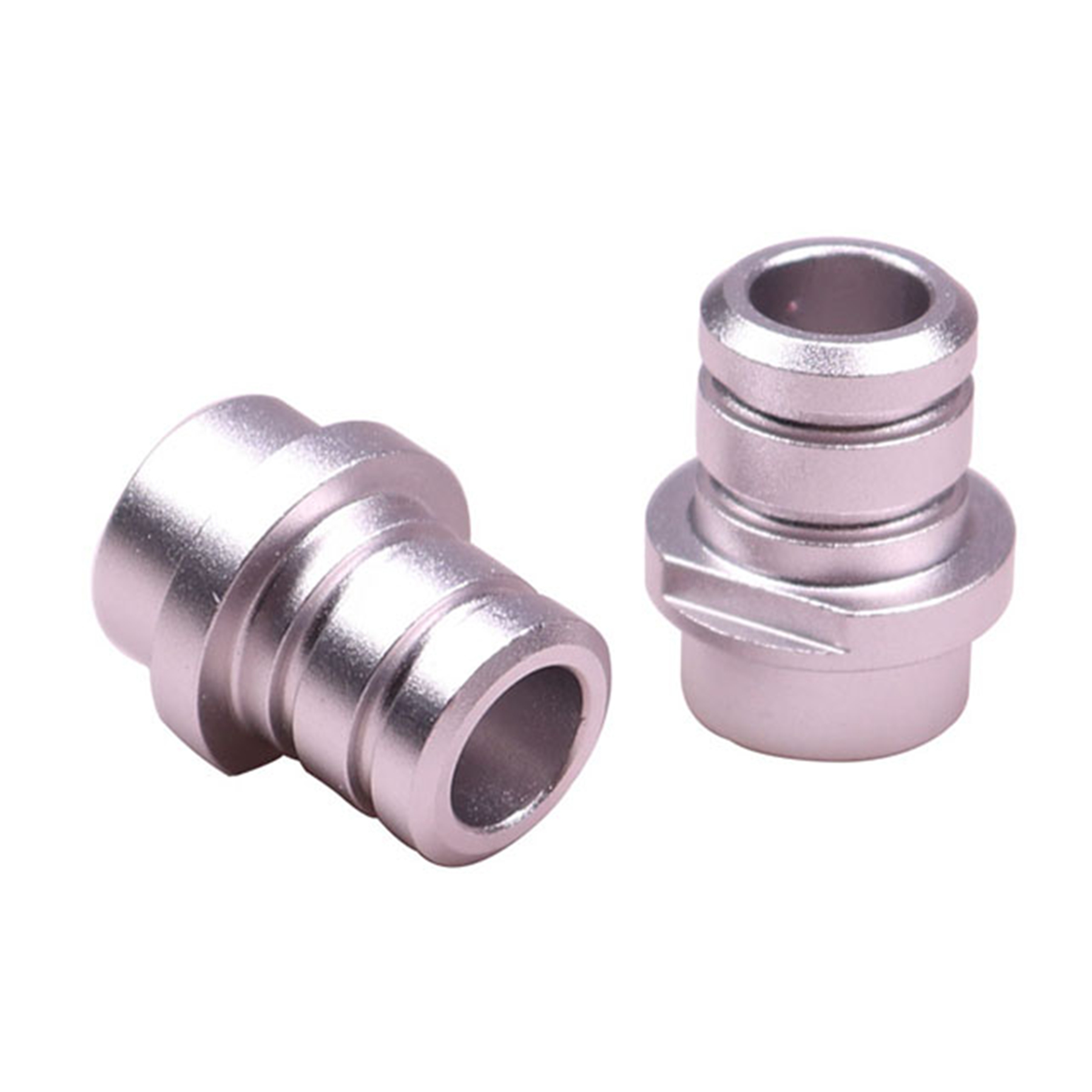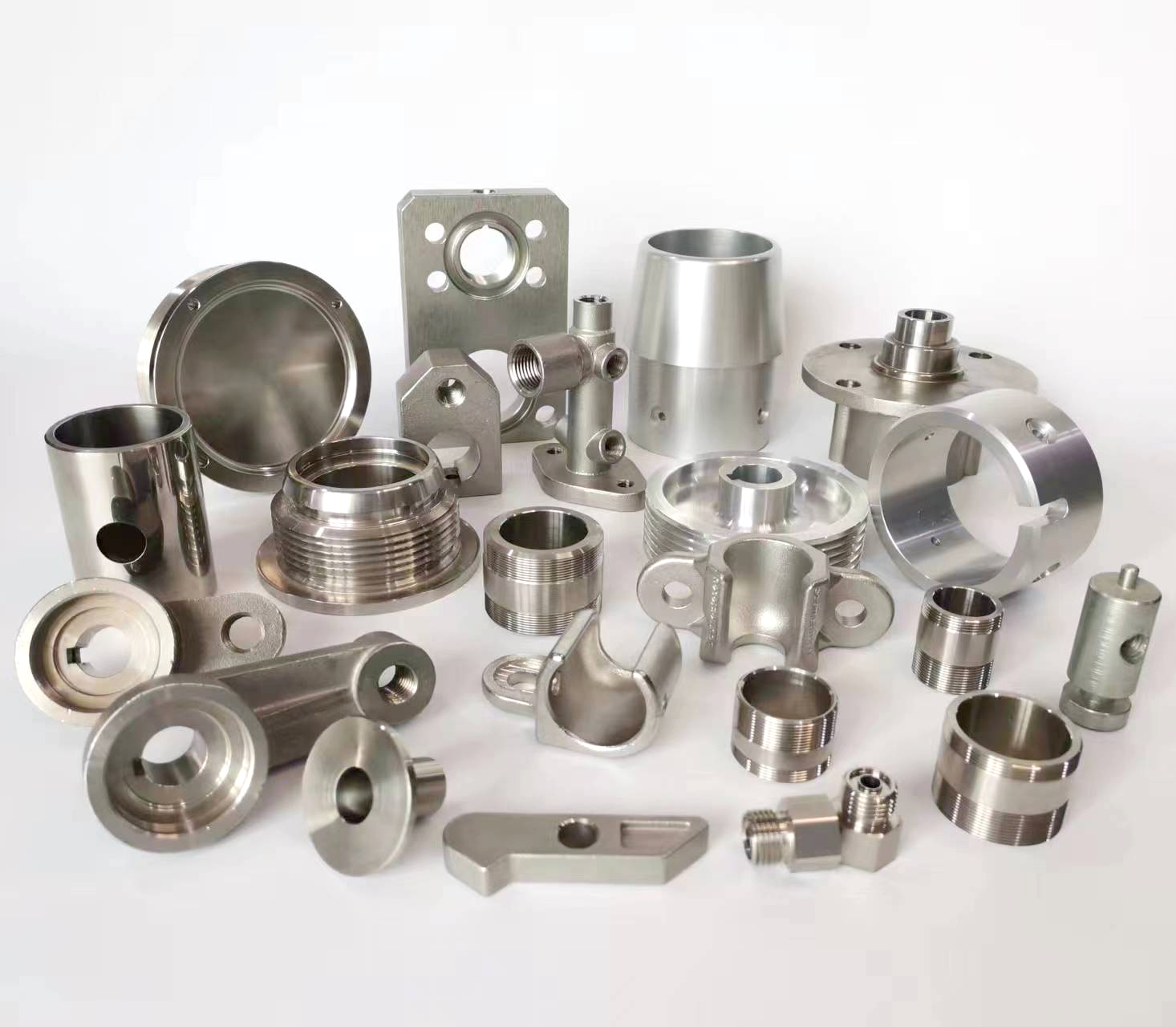1. Corrosion resistance
Stainless steel is superior to galvanized steel in terms of corrosion resistance. Its chromium based passivation layer remains effective even if scratched or exposed to hostile environments. For example:
304 stainless steel: It has general corrosion resistance and can work well in most environments.
316 stainless steel: It can resist corrosion even under high salt or chemical rich conditions.
On the contrary, the zinc coating on galvanized steel provides temporary protection. Once the zinc layer is damaged or worn, the underlying steel is prone to oxidation.
Conclusion: Stainless steel has better corrosion resistance than galvanized steel in environments with high humidity, exposure to saltwater, or industrial pollutants.
2. Strength and durability
The composition of stainless steel makes it inherently stronger and more durable than galvanized steel. Different grades of stainless steel provide varying degrees of strength:
410 stainless steel: Known for its hardness and wear resistance, it is used in tableware and bras.
430 stainless steel: a low-cost option with good corrosion resistance but lower strength.
Galvanized steel, although durable relative to cost, depends on the protection of its zinc coating. Over time, exposure to extreme weather conditions or heavy loads may damage its structural integrity.
Conclusion: Stainless steel is suitable for applications that require high strength and durability.
3. Cost
From the perspective of materials and initial production costs, galvanized steel is much cheaper than stainless steel. This affordability makes it an attractive option for large-scale projects where budget constraints are a factor, such as roofs, fences, or agricultural equipment.
However, due to its durability and minimum maintenance requirements, stainless steel can provide better long-term value.
Conclusion: Galvanized steel is an economical choice for medium to short-term use, while stainless steel is more suitable for projects that require a long lifespan.
4. Maintenance and longevity
Stainless steel requires almost no maintenance. Its corrosion resistance ensures that it can extend its service life even in harsh environments. For example, 17-4 stainless steel has been used in aerospace and chemical processing due to its decades long high strength and corrosion resistance.
Galvanized steel requires regular inspection to ensure that the zinc coating remains intact. In corrosive environments, it may be necessary to recoat or completely replace the steel.
Conclusion: Stainless steel requires less maintenance and lasts longer, especially in aggressive environments.
5. Appearance
Stainless steel has a polished and modern appearance, making it aesthetically suitable for visible applications such as countertops, kitchen utensils, or architectural details. In contrast, the opaque and inlaid finish of galvanized steel has less visual appeal.
Judgment: Stainless steel wins in aesthetics.
6. Environmental impact
Both of these materials are recyclable, but their production processes are different:
Galvanized steel: If not managed properly, zinc coating may cause environmental problems.
Stainless steel: Although its production requires higher energy consumption, its long lifespan and recyclability make it an environmentally responsible choice.
Conclusion: If managed responsibly, both materials are environmentally friendly.






